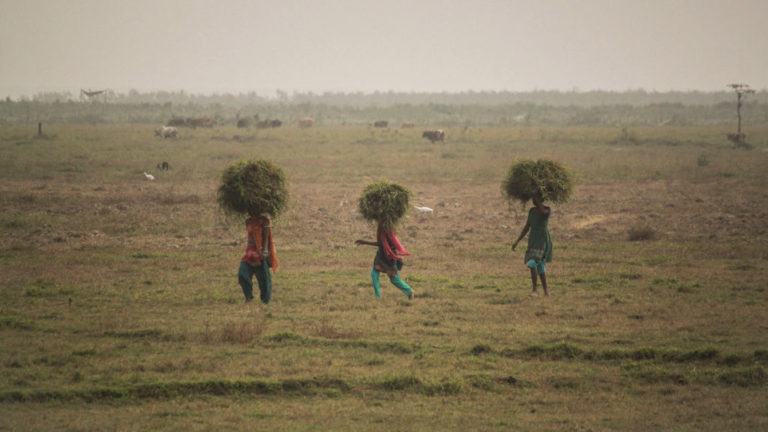The loss of Indigenous peoples’ natural resource base is often associated with rainforest clearing, dam projects and the mining industry. But it is not always the infamous multinational corporations that drive native peoples from their lands. Two examples from India and Alaska illustrate how public conservation policies and inter-indigenous conflicts threaten communities and identities.
In India alone, more than 36,000 people were evicted in 2017 for reasons of nature conservation, most of them forest-dwelling Adivasi (Indigenous) communities. What seems like a story of ’the good vs. the good’ is in fact predominantly a violation of indigenous rights in the name of environmental protection.
For thousands of years, the Baiga tribe from central India were the guardians of their forest in the Kanha Tiger Reserve – home to the famous novel “The Jungle Book”. Although their land rights are allegedly protected by the Forest Rights Act, 2006, the National Tiger Conservation Authority argued in 2014 that parts of the Baiga settlements overlap with the Critical Tiger Habitat, which must be “inviolate” by law. Conveniently, inviolate has been interpreted by the authorities as “free from humans”. Since then, the Baigas’ existence and culture have become endangered. Threatened and harassed by violent forest officials, many Baiga accepted compensations of 10 lakh (USD 15,000) to buy scattered and overpriced land far away from the jungle. Often illiterate, many were vulnerable to the coercion from authorities in signing letters of consent. Now, deprived of their livelihoods, they eke out a meagre existence from day work and begging.
Sadly, this is not a unique occurence. The Adivasi in the Kaziranga National Park in the Northeast-Indian State of Assam, known for its rhino and tiger populations, face similar ordeals. In 2015, 350 families were evicted after being wrongly accused of rhino poaching. In the course of protests by locals, two villagers were killed by the police.
The above examples show the harmful effects of so-called “fortress conservation”. It fosters the narrative from colonial eras that true wilderness has to be people-less, instead of acknowledging co-existence. In most natural lands, Indigenous people practiced conservation long before the concept even emerged. New research provides evidence that indigenous stewardship is indeed beneficial for protecting natural resources. This position is echoed by indigenous populations themselves; in the words of a local Baiga in the documentary “Daslakhiya” (Hindi for millionaire, based on the 10 lakh compensation), “tribals have been living in the forest for ages and protecting the forest since then, but the government appoints outsiders as officials. They know nothing about nature conservation, as Tribals do.”
Although different from the Adivasi case, a story from Alaska involving the native Inupiat and Gwich’in populations can further add to this debate.
The Inupiat Eskimo, one of the 227 native Alaskan tribes, control Prudhoe Bay, the largest oil field in North America, which supplies 25 percent of the US domestic oil supply. They have reaped tremendous economic rewards from Prudhoe Bay via tax revenues garnished from corporations such as Exxon and British Petroleum. Nevertheless, the Inupiat face a major fiscal and existential crisis: Prudhoe Bay will soon run out of oil. Initial estimates predicted that the Prudhoe wells would go dry by the year 2000. However, recent advances in oil extraction techniques, such as pumping natural gas into wells to force out additional petroleum, have delivered millions more barrels. These techniques will allow Prudhoe Bay to deliver oil well into the 2030s, but this comes at a high environmental cost for the Inupiat.
Although a majority remains strongly in favour of drilling, it would not be fair to say that the entire community supports it. There are traditional Inupiat that are concerned for their situation, as well as a big section of the Gwich’in people who fear for their traditional ways of living. In a short interview with Robert Childers, a natural resources consultant in Anchorage, he noted that ”this is an example of white oil corporations coming in and making a people dependent on their services for money and jobs, and then persuading them to act in ways they normally wouldn’t”. He believes that the oil interests have pitted the Inupiat against the Gwich’in, dividing and weakening native power in Alaska.
Today, Alaska’s waters are believed to contain more than 30 percent of the nation’s known recoverable offshore resources. Alaska’s oil and gas industry has produced more than 17 billion barrels of oil and 13 billion cubic feet of natural gas. The petroleum industry supports one-third of all Alaskan jobs, generating 110,000 jobs throughout the state.
Yet, increasing competition over resources and the aggressive oil-rush manifested by the current Trump administration are positioning native populations against each other. This is evident in current debates among Alaskan native populations about who can capitalize on the extraction of natural resources and what should be done about the negative externalities that, in this case, the oil drillings have on the environment.
Though different, these two cases from India and Alaska contribute to a similar narrative: a large variety of environmental issues endanger the survival of native populations worldwide. Climate change and, ultimately, environment-led economic pressures pose severe threats to the existence of these populations. The issues above mentioned point to the fragility and lack of agency experienced by native societies, who often pay the price for the wide isolation and silence they are subjected to in contemporary nation-states, both in the Global North and in the Global South.


